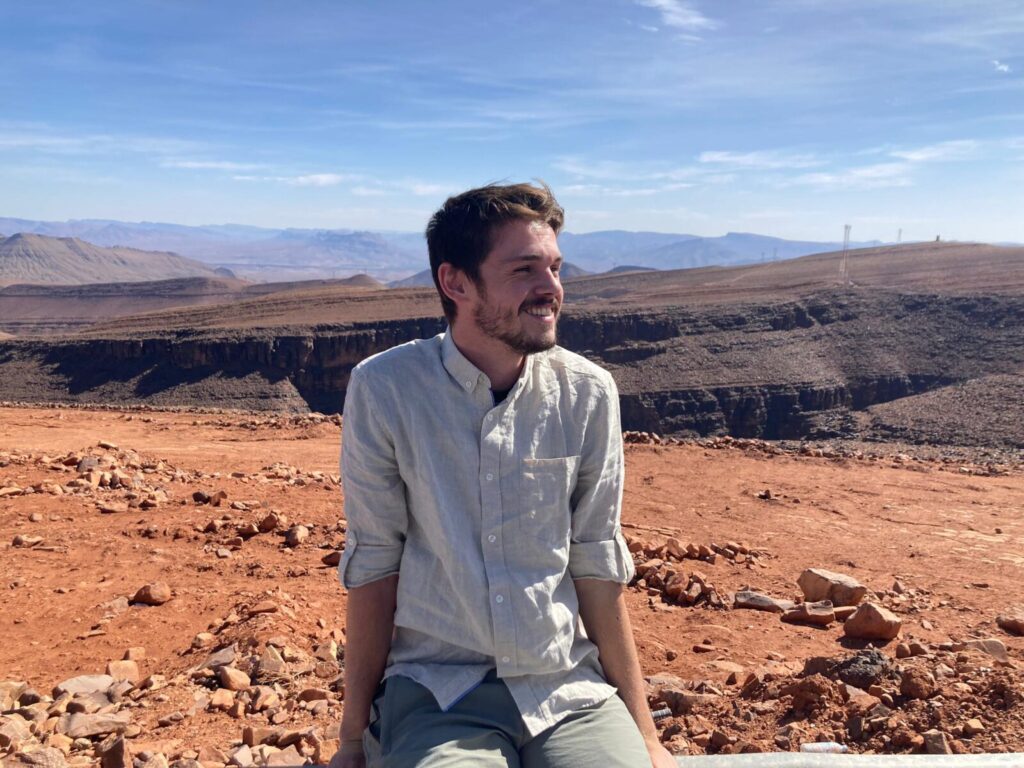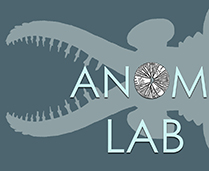
Research Interest
I am a graduate assistant (PhD candidate) focusing on the evolution of Radiodonta, an order of arthropods that played a significant role in the Cambrian Explosion. This group boasts 37 species, including the renowned Anomalocaris canadensis, a top predator of the Burgess Shale. I joined the ANOM Lab as a master’s student, studying the diversity of the frontal appendages of radiodonts from the Fezouata Lagerstätte in Morocco. My current research builds on my master’s project to better understand the group’s history by examining other Cambro-Ordovician Lagerstätten. I am using a variety of techniques in statistics, taxonomy, and phylogeny to shed light on the role of Radiodonta in early ecosystems and the evolution of arthropods during the Cambrian Explosion and the Great Ordovician Biodiversification Event (GOBE). My ultimate goal is to provide a comprehensive view of the diversity and ecology of this important group of early Paleozoic organisms. In addition, I am the collection manager for the Fezouata materials and assist with teaching practical classes.
Keywords
Arthropoda, Radiodonta, evolution, palaeoecology, trophic web, taxonomy, Cambro-Ordovician
Publications
Potin, G.J.-M., Gueriau, P., Daley, A.C. 2023. Radiodont frontal appendages from the Fezouata Biota (Morocco) reveal high diversity and ecological adaptations to suspension-feeding during the Early Ordovician. Frontiers in Ecology and Evolution, 11. doi: 10.3389/fevo.2023.1214109
Potin, G.J.-M., Daley, A.C. 2023. The significance of Anomalocaris and other Radiodonta for understanding paleoecology and evolution during the Cambrian Explosion. Frontiers in Earth Science, 11. doi: 10.3389/feart.2023.1160285
